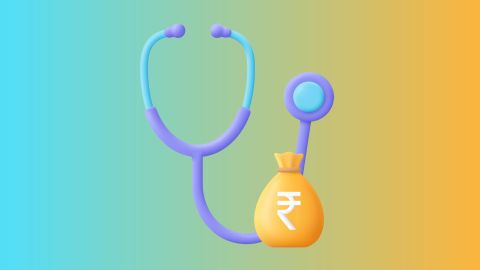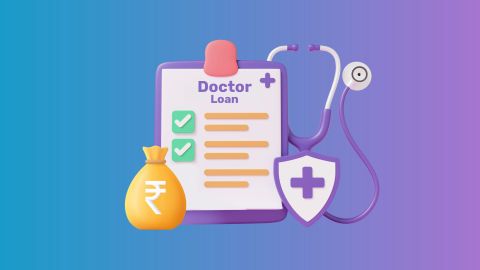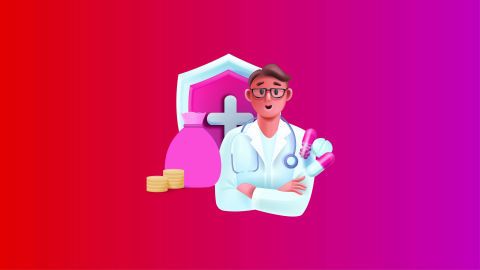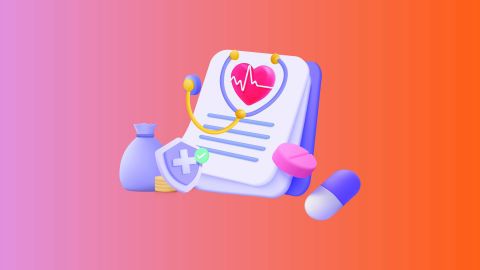What is a health information system?
A health information system (HIS) is a comprehensive, integrated system designed to collect, store, manage, and transmit a patient’s electronic medical data. It includes a variety of subsystems that collectively contribute to enhancing the quality of patient care and the efficiency of healthcare services.Types of healthcare information systems
Healthcare information systems come in various forms, each serving a unique purpose. Here are some common types:- Electronic Medical Records (EMR)
- Electronic Health Records (EHR)
- Practice management software
- Master Patient Index (MPI)
- Patient portals
- Remote Patient Monitoring (RPM)
- Clinical Decision Support (CDS)
- Laboratory Information System (LIS)
Electronic Medical Records (EMR)
Electronic Medical Records (EMR) are digital versions of the paper charts in clinician offices, clinics, and hospitals. They contain notes and information collected by and for the clinicians in that office, clinic, or hospital and are mainly used by providers for diagnosis and treatment.Electronic Medical Record (EMR) and Electronic Health Record (EHR)
While both EMR and EHR are used interchangeably, they have distinct differences. EHR systems are designed to share information with other healthcare providers, such as laboratories and specialists, and to follow patients through various care environments.Practice management software
Practice management software helps in managing day-to-day operations such as appointment scheduling, billing, and other administrative tasks. It simplifies the workflow and ensures that the healthcare practice runs smoothly.Master Patient Index (MPI)
The Master Patient Index (MPI) connects patient records across different HIS. It ensures that each patient is represented only once within all systems, facilitating accurate patient identification and reducing errors.Patient portals
Patient portals are online applications that allow patients to interact with their healthcare providers. They enable patients to access their health records, communicate with doctors, schedule appointments, and refill prescriptions.Remote Patient Monitoring (RPM)
Remote Patient Monitoring (RPM) technologies enable the monitoring of patients outside conventional clinical settings, such as in the home. This enhances the quality of care and reduces the need for hospital visits.Clinical Decision Support (CDS)
Clinical Decision Support (CDS) systems provide healthcare professionals with patient-specific assessments or recommendations to aid clinical decision-making. These systems improve the efficiency and accuracy of diagnoses and treatments.Laboratory Information System (LIS)
A Laboratory Information System (LIS) is used to manage data associated with medical laboratories. This includes tracking lab tests and results, ensuring accurate and timely reporting, and integrating with other HIS.Examples of health information systems
Some popular examples of health information systems include:- Epic
- Cerner
- Allscripts
- NextGen healthcare
- Meditech
Benefits of health information systems
The benefits of health information systems are numerous:- Improved patient care: HIS provides comprehensive and up-to-date patient information.
- Increased efficiency: Automates administrative tasks, reducing manual effort.
- Enhanced communication: Facilitates better communication between healthcare providers and patients.
- Data accuracy: Reduces errors associated with manual data entry.
- Cost savings: Streamlines operations, leading to cost reductions.
Best practices for health information systems
Implementing HIS requires adherence to best practices:- Data security: Ensure robust security measures to protect patient data.
- User training: Provide comprehensive training to all users.
- Regular updates: Keep the system updated to integrate new features and security patches.
- Patient engagement: Encourage patients to use portals and other features.
Where to find out more about health information systems?
To explore more about health information systems, consider the following resources:- Government health portals: Check for updates and guidelines.
- Healthcare IT companies: Visit their website for product details and case studies.
- Medical journals: Read articles and research papers on HIS advancements.
Health information systems are the backbone of modern healthcare. Embracing these technologies can transform how you deliver care, making it more efficient and effective for everyone involved.




